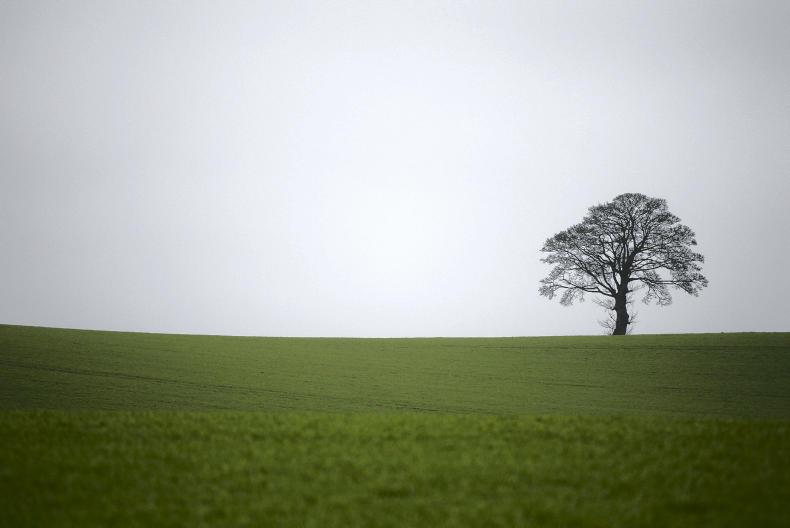Those in attendance shared what they felt were the main issues facing cattle and sheep farmers in the area.
One of the main points debated on the night was: what does it actually cost to keep a suckler cow for a year? Some group members had started work on this, but the group was frustrated that there was no common method of working this out.
With it being nigh on impossible to have an influence on the price of beef, group members were keen to establish their production costs and to make it relatable to the sale price, doing it on a cost per kilogramme produced, was felt to be the best way to do this.
Of course, knowing the cost of production is one thing, but it does little for a business without actions then being taken to tackle it. A key area for this group is feed costs. There are several ways, all discussed on the night.
1. Grassland management
By extending the grazing season into the shoulders of the year through better grassland management. When cows are housed in good condition, feed levels can be reduced and cows can be batched according to condition score and fed appropriately.
2. Increasing performance
Increasing the productivity of the herd to dilute the cost of keeping a cow. The current average weaning percentage for Scotland lies at 83%. This means for every 100 cows on the farm, only 83 successfully rear a calf. Therefore the cost of keeping 100 cows must be carried by the 83 calves weaned. Increasing the weaning percentage to 95% would spread the cow costs over more animals and more kilos of beef, thus reducing the overall cost of keeping a cow.
If you can measure it, you can manage it
As the old saying goes, “If you can measure it, you can manage it”. Without knowing how well animals are performing, little can be done to improve things. By tracking animal performance and determining the cost of production, the group will set themselves up for the future and be ready to tackle the challenges that lie ahead.
Read more
Read more from the Farm Profit Programme here.
Those in attendance shared what they felt were the main issues facing cattle and sheep farmers in the area.
One of the main points debated on the night was: what does it actually cost to keep a suckler cow for a year? Some group members had started work on this, but the group was frustrated that there was no common method of working this out.
With it being nigh on impossible to have an influence on the price of beef, group members were keen to establish their production costs and to make it relatable to the sale price, doing it on a cost per kilogramme produced, was felt to be the best way to do this.
Of course, knowing the cost of production is one thing, but it does little for a business without actions then being taken to tackle it. A key area for this group is feed costs. There are several ways, all discussed on the night.
1. Grassland management
By extending the grazing season into the shoulders of the year through better grassland management. When cows are housed in good condition, feed levels can be reduced and cows can be batched according to condition score and fed appropriately.
2. Increasing performance
Increasing the productivity of the herd to dilute the cost of keeping a cow. The current average weaning percentage for Scotland lies at 83%. This means for every 100 cows on the farm, only 83 successfully rear a calf. Therefore the cost of keeping 100 cows must be carried by the 83 calves weaned. Increasing the weaning percentage to 95% would spread the cow costs over more animals and more kilos of beef, thus reducing the overall cost of keeping a cow.
If you can measure it, you can manage it
As the old saying goes, “If you can measure it, you can manage it”. Without knowing how well animals are performing, little can be done to improve things. By tracking animal performance and determining the cost of production, the group will set themselves up for the future and be ready to tackle the challenges that lie ahead.
Read more
Read more from the Farm Profit Programme here.






 This is a subscriber-only article
This is a subscriber-only article










SHARING OPTIONS: